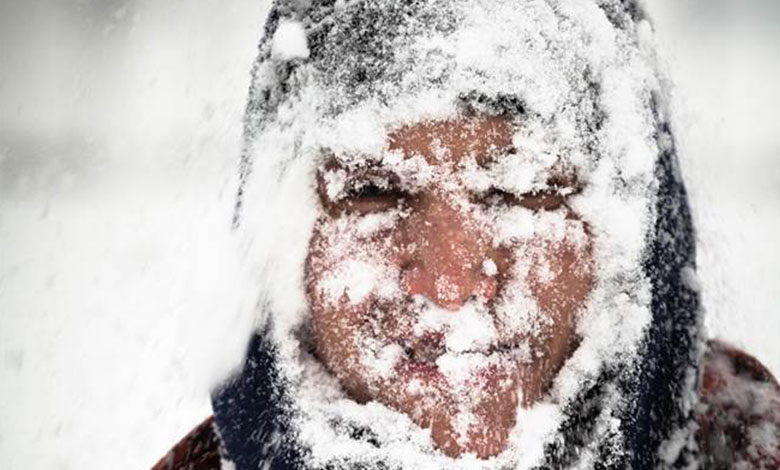What is hypothermia?
Hypothermia is a condition in which the body is unable to maintain a normal range of body temperature, resulting in hypothermia. The normal body temperature range is usually between 36.5°C and 37.5°C, and hypothermia occurs when the body is unable to produce enough heat or loses too much heat.

Why does hypothermia occur?
1. Exposure to extreme cold, such as cold weather, cold water, or high altitudes, can lead to hypothermia in the body. Prolonged exposure to cold, especially without proper protection, can prevent the body from producing enough heat to maintain a normal body temperature.
2. A high humidity environment will increase the rate at which the body dissipates heat, resulting in a drop in body temperature.
3. Dehydration affects the body’s thermoregulatory mechanisms, making it impossible for the body to regulate body temperature effectively. When the body lacks enough water, it can cause body temperature to drop, increasing the risk of hypothermia.
4. Certain diseases or injuries can interfere with the body’s heat production and retention mechanisms, leading to hypothermia.
5. Alcoholism or drug abuse, especially sedatives, sleeping pills and anesthetic drugs, can inhibit the function of the central nervous system, interfere with the thermoregulation mechanism, and increase the risk of hypothermia.
6. Prolonged physical activity or strenuous exercise, as well as weakness or fatigue, can impair the body’s ability to regulate temperature, resulting in hypothermia.
First aid guidelines for hypothermia:
1. Seek emergency help: If you experience hypothermia, call emergency services immediately or take the person to the nearest medical facility.
2. Assess the patient’s condition: Check the patient’s consciousness and breathing status. If the person is unconscious or not breathing properly, start CPR immediately and proceed with the emergency call.
3. Keep the patient warm: Wrap the patient’s body in a heat blanket or clothing, especially the head, neck, chest, and abdomen. Avoid exposing the patient to cold.
4. Gentle heating: Use a gentle heating method to raise the patient’s body temperature. Hot water bottles or heating devices can be used. But make sure not to overheat so as not to burn the patient’s skin.
5. Remove wet clothing: If the clothing on the patient’s body is wet, please try to remove the wet clothing to avoid further causing the body temperature to drop.
6. Monitor body temperature: If you have a thermometer, you can monitor the patient’s body temperature. Monitoring changes in body temperature can help healthcare professionals assess the patient’s condition and the effectiveness of first aid.
The above measures are only general first aid advice. In the case of actual first aid, please follow the instructions of a medical professional according to the specific situation.



